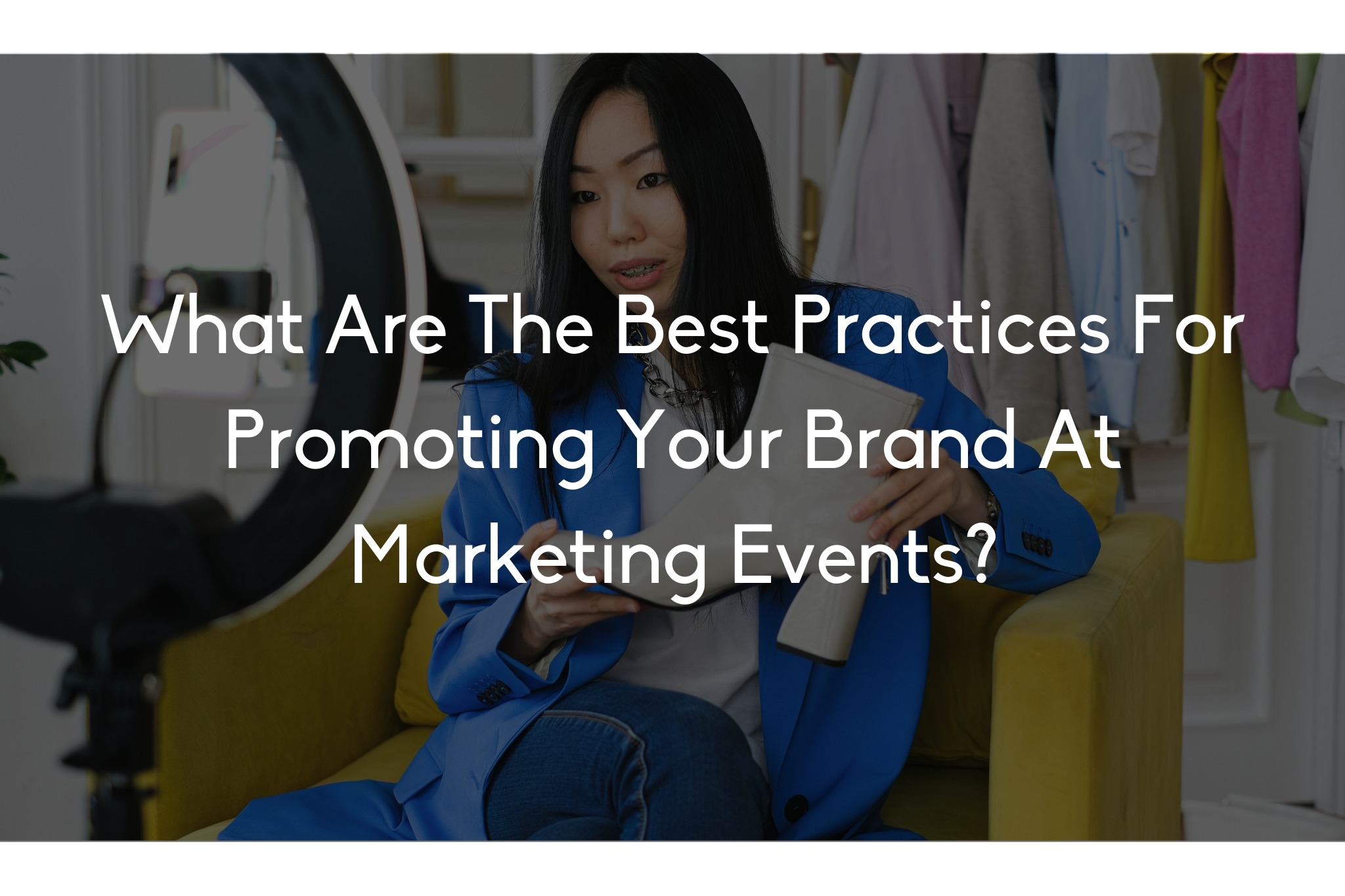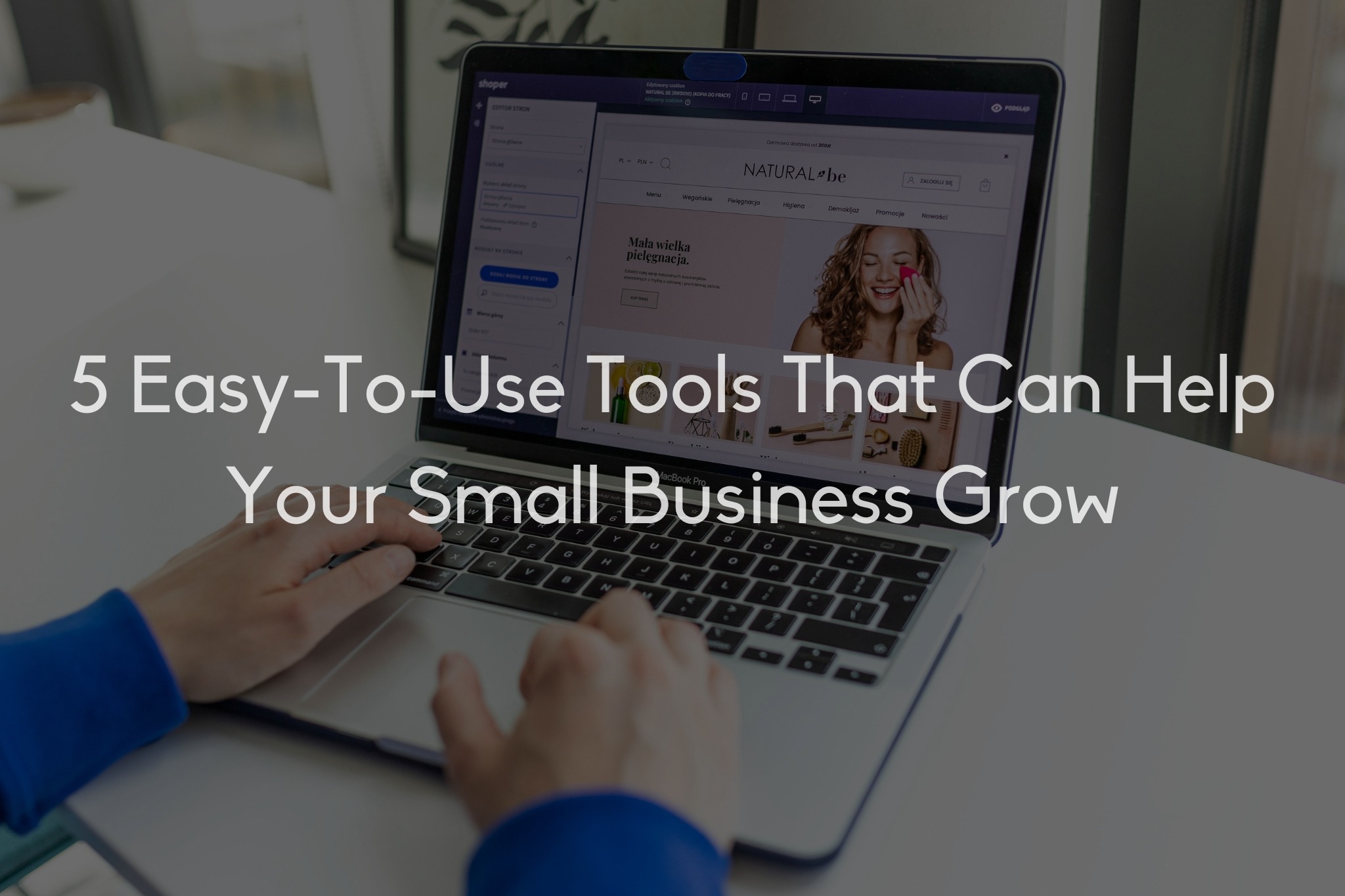
Marketing events are more than just a chance to show off your brand—they’re opportunities to create lasting impressions and build meaningful relationships. With the right strategies, you can make your brand stand out in a crowded space. But what are the best practices for maximising your presence at these events? Let’s dive in.
The key to successful brand promotion at marketing events lies in thoughtful planning and execution. It’s about understanding your audience, creating engaging experiences, and making sure your brand’s voice resonates. If you want to ensure that your brand not only gets noticed but also leaves a lasting impact, keep these best practices in mind.
Whether you’re attending a trade show, a conference, or a networking event, these strategies can help elevate your brand presence. Let’s break them down into manageable pieces that you can implement for your next marketing event.
Understanding who you’re trying to reach is paramount. Take the time to research the event and its attendees. What are their interests? What challenges do they face? Tailor your message to speak directly to their needs and desires. This knowledge will not only help you craft engaging content but also position your brand as a valuable resource.
You can start by looking at the event’s agenda and speaker line-up. What topics are being discussed? Which industries are represented? This will give you insights into the kind of audience you’ll be engaging with. Create personas that represent your ideal attendees, and let these personas guide your marketing materials, conversations, and outreach efforts.
First impressions matter. Your booth or display should be visually striking and reflect your brand’s identity. Invest in professional design for banners, signage, and any digital displays. Use bold colours, clear messaging, and high-quality imagery to attract attention. Remember, simplicity often works best—don’t overload potential customers with too much information at first glance.
Consider incorporating elements like interactive screens, video loops, or even unique textures that invite touch. Think outside the box; for instance, if you’re in a tech industry, showcasing a product demo on a large screen can pull in attendees like a magnet. The goal is to create a space that feels welcoming and intriguing, inviting attendees to step in and learn more.
Turn passive observers into active participants. Interactive experiences, such as live demos, contests, or immersive installations, draw people in and create memorable interactions. Consider using technology like augmented reality or gamification to elevate the experience. The more engaging your setup, the more likely attendees will remember your brand long after the event.
Think about incorporating hands-on elements. For instance, if you’re selling a software solution, allow attendees to try it out on tablets or kiosks. If you’re a consumer brand, sampling products can create a sensory connection that fosters brand loyalty. You could even host a live competition where attendees can win prizes by showcasing their skills using your product—making it fun and educational.
Marketing events are prime opportunities for networking. Don’t just stick to your booth; get out there and meet people. Attend workshops, panels, and social gatherings. Introduce yourself to other exhibitors and attendees. Building relationships can lead to valuable partnerships and collaborations. Plus, you never know who might become your next brand advocate.
Bring plenty of business cards, and consider preparing a short elevator pitch that encapsulates what makes your brand unique. If you meet someone who seems like a great fit for collaboration, don’t hesitate to suggest a follow-up chat over coffee or a virtual meeting after the event. Making connections in person can often lead to fruitful partnerships later on.
In today’s digital age, social media is an essential tool for amplifying your presence at events. Use event hashtags to join the conversation and encourage attendees to share their experiences with your brand. Create a live feed of posts and updates on your social channels to keep followers engaged. This not only boosts your visibility during the event but also extends your reach long after it’s over.
Create engaging content on platforms like Instagram, Twitter, and LinkedIn. Use behind-the-scenes photos or stories, real-time updates about your booth activities, and shout-outs to people you meet. Engage with attendees online by reposting their content or responding to their stories. This two-way interaction can help build a sense of community around your brand.
Instead of just pushing your products or services, focus on offering value to attendees. This could be in the form of free resources, informative sessions, or giveaways that genuinely benefit your audience. Consider hosting mini-workshops or expert talks that provide actionable insights. When people see you as a source of valuable information, they’re more likely to remember and trust your brand.
Think about what your audience genuinely needs and how your expertise can provide that. You might create downloadable guides, industry insights, or even exclusive content that attendees can access by signing up for your newsletter. Providing this kind of value establishes your brand as a thought leader and encourages people to engage with you beyond the event.
Your work doesn’t end when the event is over. Make a plan to follow up with the connections you made. Send personalised emails thanking them for stopping by your booth or engaging with your content. Share relevant resources or additional information about your offerings. This not only reinforces your brand but also helps nurture the relationships you started building at the event.
Consider segmenting your follow-up emails based on the type of interactions you had. Tailor your messaging so that it feels personal and relevant. If someone expressed interest in a specific product or service, highlight that in your communication. A thoughtful follow-up can convert a casual meeting into a solid lead.
Feedback is a goldmine for improvement. Use surveys or casual conversations to gather insights about attendees’ perceptions of your brand and booth. What did they like? What could be improved? Understanding your audience’s experience can help you refine your approach for future events, ensuring you’re always learning and evolving.
Create a simple feedback form that attendees can fill out at your booth. You could also offer a small incentive, like a raffle entry, to encourage participation. Analyse the feedback after the event to identify trends and areas for improvement. This proactive approach shows that you value attendee opinions and are committed to enhancing their experience..
After the dust settles, take time to analyse the effectiveness of your event strategies. Measure key metrics like lead generation, engagement levels, and social media interactions. Determine what worked well and what didn’t. This evaluation will help you make data-driven decisions for future marketing events, optimising your efforts for even greater success.
Look beyond just the numbers; consider qualitative feedback too. Did your booth draw in more visitors than last year? Were people engaged with your interactive elements? By compiling both quantitative and qualitative data, you can create a comprehensive view of your performance and make informed adjustments for the next event.
Lastly, never lose sight of your brand’s authenticity. Attendees can spot inauthenticity from a mile away. Be genuine in your interactions, stay true to your brand values, and ensure your messaging aligns with who you are as a company. Authenticity fosters trust, and trust is what will ultimately lead to lasting relationships.
Encourage your team to share their personal stories and experiences related to your brand. This human touch can resonate with attendees and create a stronger emotional connection. When people see the real people behind the brand, they’re more likely to engage and form a positive perception.
Promoting your brand at marketing events is an art that combines preparation, creativity, and genuine connection. By knowing your audience, engaging them with interactive experiences, and maintaining authenticity, you’ll be well on your way to creating memorable brand experiences. So get out there, showcase your brand with pride, and watch as those connections transform into lasting partnerships. Embrace these best practices, and your next marketing event could very well become a pivotal moment for your brand’s growth. Happy promoting!

